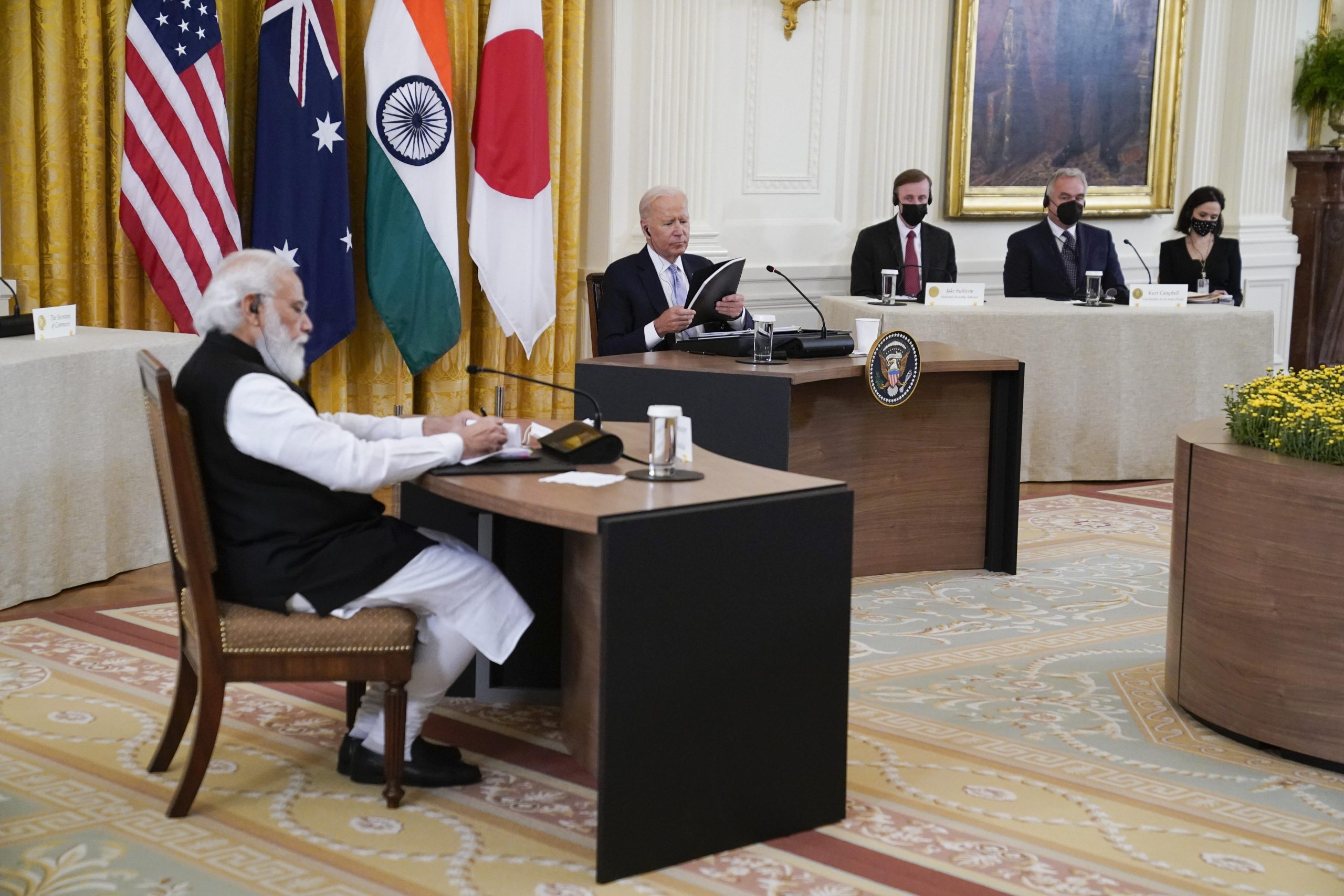Leaders of the Quad alliance — US, India, Australia and Japan — will huddle in Tokyo on May 24th to discuss plans to restrict China’s growing dominance in the Indo-Pacific region. The issue of illegal fishing is on the agenda this year.
Multiple Indi-pacific countries, including Japan, Australia and Taiwan, have accused China of taking part in unregulated fishing practices and digging deep into restricted or exclusive territories.
Also Read: Why China views Quad as the ‘Asian NATO’
Why is illegal fishing such a big problem?
The fishing industry in the Indo-Pacific region is one of the biggest sources of food, livelihood and business for millions. Globally, more than 60 million take part in businesses related to fisheries and aquaculture, according to the Food and Agricultural Organisation.
Unregulated or illegal fishing in the region can destabilise the economies of many coastal countries in south-east Asia, which can push them into severe debt.
What is Quad’s plan?
Quad, considered to be an alliance formed to counter China’s dominance in the Indo-Pacific region, will reportedly discuss China’s illegal fishing and will unveil a “maritime surveillance initiative”, media reports suggest.
The new initiative will connect surveillance hotspots in Singapore, India and the Pacific using satellite communication technology and form a network to track illegal fishing.
Vessels that have turned off their AIS (automatic identification system) will be tracked after Quad announces the maritime surveillance initiative, Indian Express reported.
Also Read: India-Australia agree that ‘Ukraine should not impact Indo-Pacific’
Why is China in the crosshairs?
China has been tagged as the worst offender in Food and Agriculture Organization’s report on illegal, unreported and unregulated fishing report (IUU).
The report says that China has overfished its own waters and is now providing incentives and subsidies for suppliers who meet its growing domestic demand. China is responsible for 80- 95% of illegal fishing in the Indo-Pacific region.







